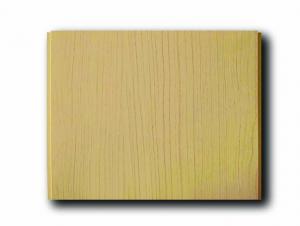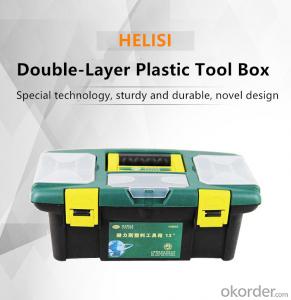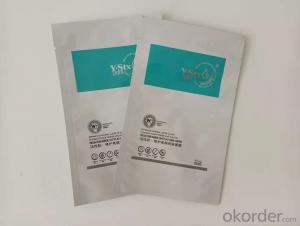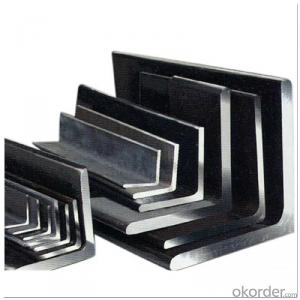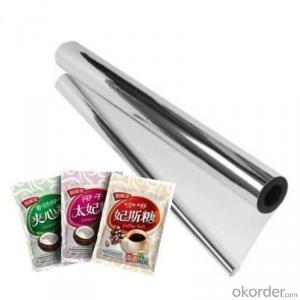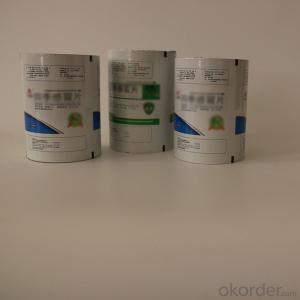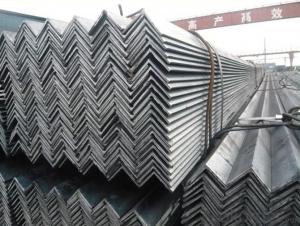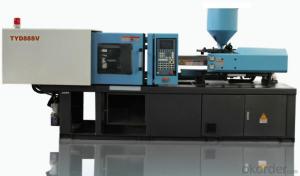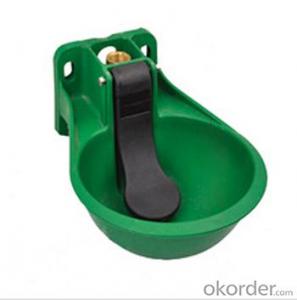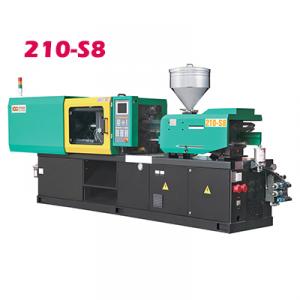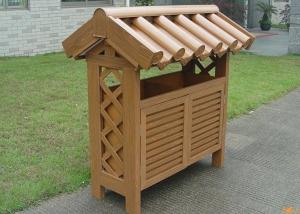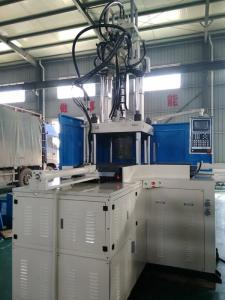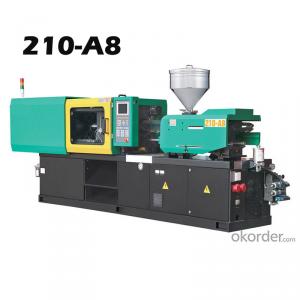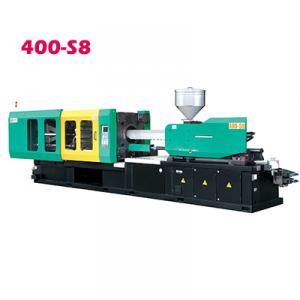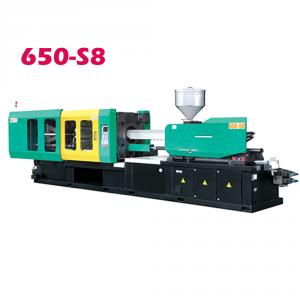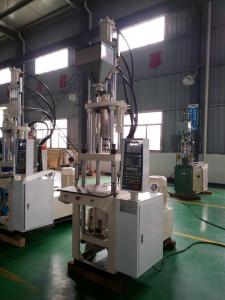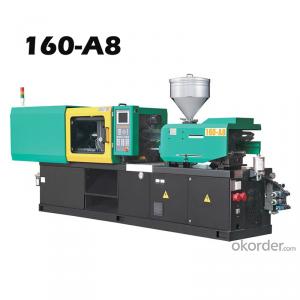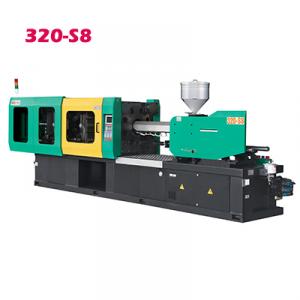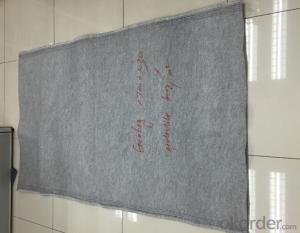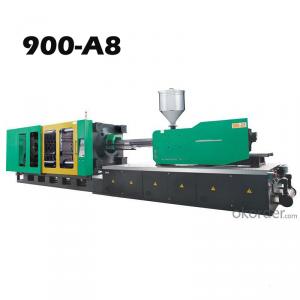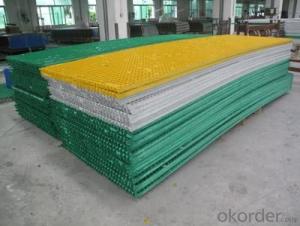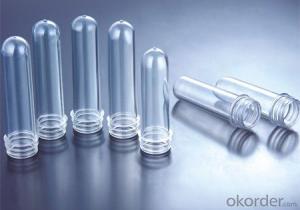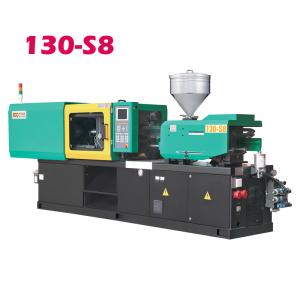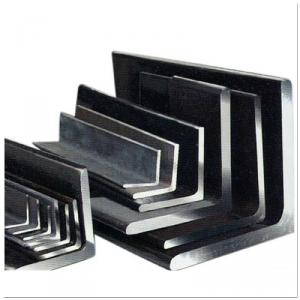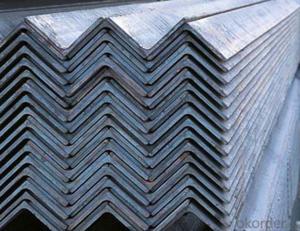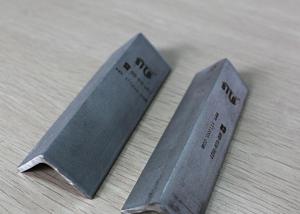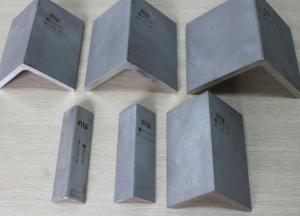L Shaped Plastic Molding
L Shaped Plastic Molding Related Searches
Primer For Galvanized Steel H S Code For Stainless Steel Wd 40 For Stainless Steel Spray Paint For Stainless Steel Drill Bits For Stainless Steel Sponge For Stainless Steel Caulking For Stainless Steel Steel Vessels For Kitchen Best Solar Inverter For Home Led Table Lamps For HomeHot Searches
Steel Mesh Panels For Sale Price For Stainless Steel Scrap Scrap Price For Stainless Steel Cheap High Tea Sets For Sale Stainless Steel Tanks For Sale High Density Fiberboard For Sale Solar Hot Water Collectors For Sale Scaffolding For Sale In Uae Scaffolding For Sale In Ireland Scaffolding For Sale In Houston Type Of Inverter For Solar Price Of Shipping Containers For Sale Stock Price For Aluminum Used Solar Inverter For Sale Portable Led Signs For Sale Stone Hot Water Bottles For Sale Large Led Screens For Sale Used Aluminum Scaffolding For Sale 1/4 Aluminum Plate For Sale Pvc Chairs For SaleL Shaped Plastic Molding Supplier & Manufacturer from China
Okorder.com is a professional L Shaped Plastic Molding supplier & manufacturer, offers integrated one-stop services including real-time quoting and online cargo tracking. We are funded by CNBM Group, a Fortune 500 enterprise and the largest L Shaped Plastic Molding firm in China.Hot Products
FAQ
- The fatigue properties of stainless steel angle refer to its ability to withstand repeated cyclic loading without experiencing failure or deformation. Stainless steel angle is known for its high strength and excellent corrosion resistance, making it suitable for various applications in structural and engineering industries. Stainless steel typically exhibits good fatigue properties due to its unique microstructure and composition. The presence of chromium in stainless steel enhances its corrosion resistance, while other alloying elements like nickel and molybdenum improve its strength and fatigue resistance. The fatigue strength of stainless steel angle depends on various factors, including the specific grade of stainless steel, surface condition, loading conditions, and environmental factors. Stainless steel angles with higher alloy content, such as duplex or precipitation-hardening grades, tend to have superior fatigue properties compared to standard austenitic stainless steels. The fatigue behavior of stainless steel angle is commonly assessed through fatigue testing, which involves subjecting the material to cyclic loading until failure. These tests provide valuable information about the stress-life (S-N) curve, which represents the relationship between applied stress amplitude and the number of cycles to failure. Stainless steel angle is often used in structural applications where fatigue resistance is critical, such as bridges, offshore platforms, and industrial machinery. Engineers and designers consider the fatigue properties of stainless steel angle to ensure the structural integrity and durability of these applications under cyclic loading conditions. Overall, stainless steel angle exhibits good fatigue properties, making it a reliable and durable material for various structural and engineering applications. However, it is essential to consider the specific grade, loading conditions, and environmental factors to accurately assess and optimize its fatigue performance.
- Yes, stainless steel angles can be used for playground equipment. Stainless steel is a durable and corrosion-resistant material that can withstand outdoor elements and provide a safe and sturdy structure for playground equipment.
- There is a wide variety of stainless steel angles to choose from, each with its own distinct properties and uses. Some of the most commonly used types are as follows: 1. The 304 Stainless Steel Angle is widely utilized due to its exceptional corrosion resistance and high strength. It finds extensive applications in construction and manufacturing. 2. The 316 Stainless Steel Angle is similar to the 304 variant but contains molybdenum, which enhances its corrosion resistance against chlorides and acids. It is commonly employed in marine and coastal environments, as well as in the chemical and food processing industries. 3. The 430 Stainless Steel Angle, while less corrosion resistant than the 304 or 316 types, offers good formability and is often employed in decorative applications, such as trim and architectural elements. 4. The 2205 Duplex Stainless Steel Angle is a high-strength variant that exhibits excellent corrosion resistance, especially in high chloride environments. It is widely used in chemical processing, oil and gas, and marine applications. 5. The 410 Stainless Steel Angle possesses high strength and hardness, making it suitable for applications requiring resistance to abrasion and wear. It is commonly utilized in manufacturing and construction. These examples represent only a fraction of the diverse range of stainless steel angles available. The selection of the appropriate type depends on the specific requirements of the application, including factors such as corrosion resistance, strength, and formability.
- Stainless steel angles are highly renowned for their exceptional durability and long lifespan, which has made them a favored option across a wide range of industries and applications. The duration of stainless steel angles' existence is contingent upon numerous factors, including the specific grade of stainless steel employed, the environment of installation, and the level of upkeep they receive. In comparison to materials like wood or aluminum, stainless steel angles generally possess a considerably lengthier lifespan. The remarkable resistance of stainless steel to corrosion ensures its immunity to rust and other forms of deterioration. As a result, stainless steel angles can withstand exposure to moisture, chemicals, and extreme temperatures that would cause the degradation of alternative materials over time. Under normal circumstances, stainless steel angles can endure for several decades without displaying noticeable signs of wear or decay. However, it is crucial to acknowledge that the lifespan may vary depending on the particular application and grade of stainless steel employed. For instance, marine-grade stainless steel angles are specially engineered to withstand the harsh conditions of seawater, potentially extending their lifespan even further. It is also important to note that proper maintenance and regular cleaning are essential in extending the longevity of stainless steel angles. Consistent cleansing with mild soap and water, coupled with routine inspections to detect any indications of damage or corrosion, can significantly contribute to their durability. Furthermore, the application of protective coatings or treatments can enhance the resistance and longevity of stainless steel angles. In conclusion, stainless steel angles are meticulously designed to deliver enduring performance and reliability. With adequate care and maintenance, they can serve their intended purpose for many years, making them a cost-effective and resilient choice for a diverse array of construction, industrial, and architectural applications.
- Stainless steel angle is indeed suitable for outdoor applications. Due to its exceptional resistance to corrosion, stainless steel is highly recommended for use in outdoor environments that may encounter moisture, humidity, and various weather conditions. It is frequently employed for handrails, support brackets, frames, and construction projects. This material provides durability, strength, and a sleek aesthetic, which contributes to its popularity in outdoor structures. Nevertheless, it is crucial to ensure that the stainless steel utilized possesses a high quality and the appropriate grade and finish for the specific outdoor application. This is necessary to maximize its corrosion resistance and extend its longevity.
- Yes, stainless steel angles are suitable for the production of street signs. Stainless steel is highly durable, resistant to corrosion, and can withstand harsh weather conditions, making it an ideal material for outdoor applications like street signs. Additionally, stainless steel angles provide structural stability and can be easily fabricated to form the desired shape for street signs.
- 90-degree stainless steel angles are commonly used in construction and fabrication projects for various purposes. One of the common uses is in structural applications, where they are used to provide support and reinforcement to buildings, bridges, and other structures. These angles are often used to create corners or edges that are perpendicular to each other, adding stability and strength to the overall structure. Another common use of 90-degree stainless steel angles is in the manufacturing industry. They are used in the fabrication of machinery, equipment, and conveyor systems. These angles can be used to create frames or brackets that hold components in place, ensuring proper alignment and functioning of the machinery. In addition, 90-degree stainless steel angles find applications in the architectural and interior design sectors. They are used to create decorative elements such as handrails, staircases, and furniture. The clean and polished appearance of stainless steel adds a sleek and modern touch to these design features. Furthermore, these angles are often utilized in the automotive and transportation industries. They can be found in the construction of trailers, truck beds, and vehicle frames. The durability and corrosion resistance of stainless steel make it an ideal choice for these applications, as it can withstand harsh environmental conditions and heavy loads. Overall, the common uses of 90-degree stainless steel angles span across various industries including construction, fabrication, manufacturing, architecture, and transportation. Their versatility, strength, and aesthetic appeal make them a popular choice for a wide range of applications.





